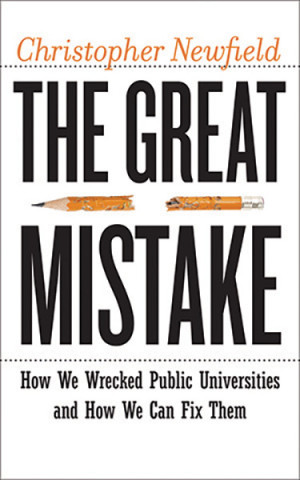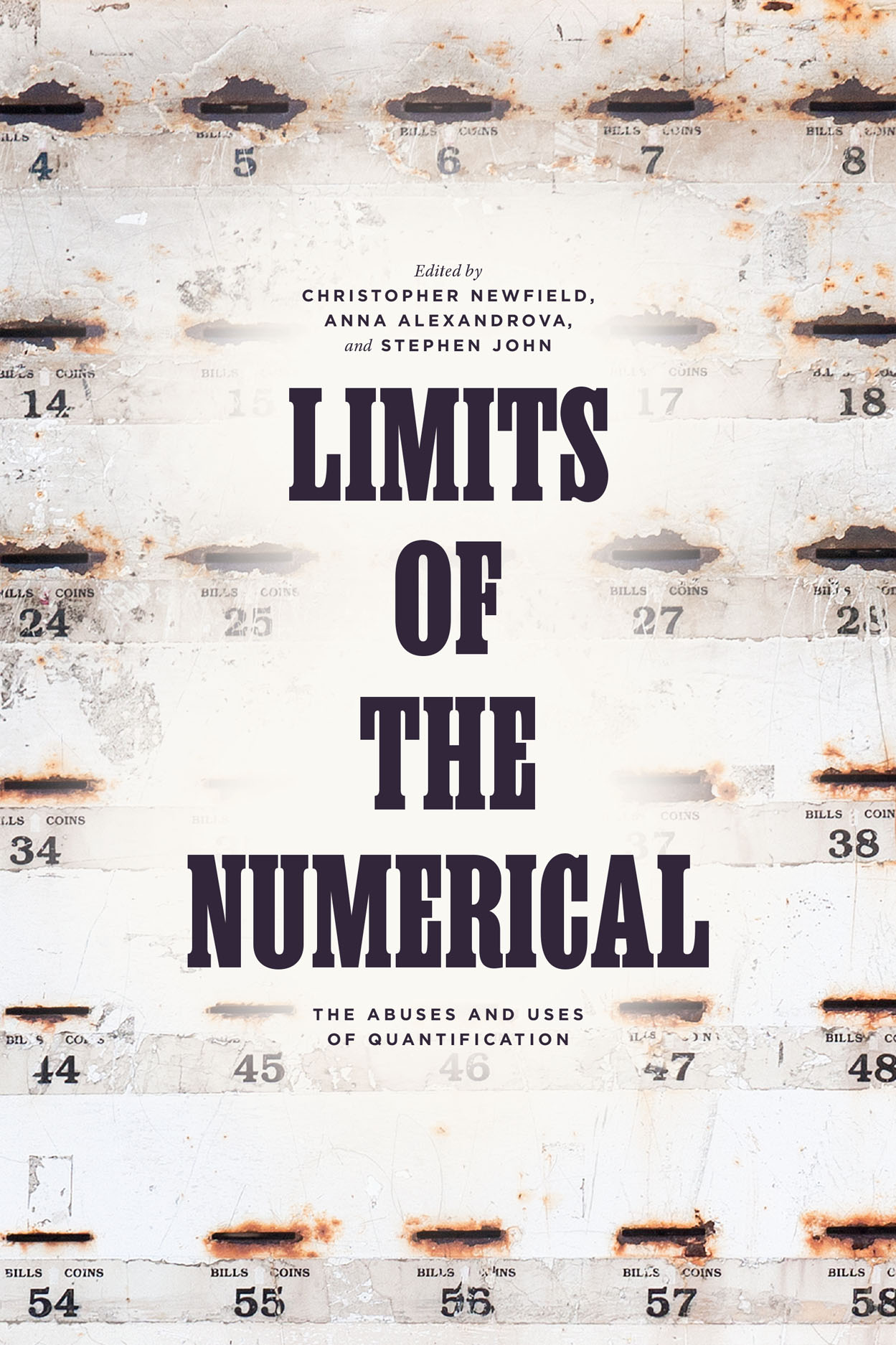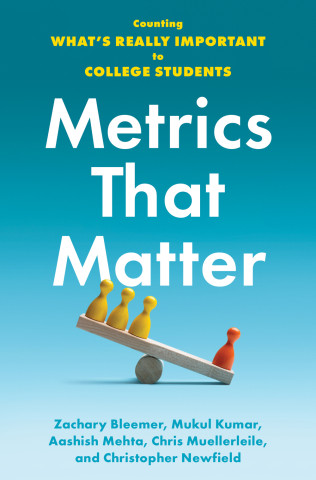 |
| Serpentine, Hyde Park London May 18, 2025 |
As I mentioned in Part 1, there’s a national pattern at work, which is to assume and accept an even worse austerity norm – hyponormalization—rather than taking Trump’s assault on the foundations of the knowledge system as an opportunity to confront and change the university’s contradictory political economy.
The confrontation will mean critique of various theories of the costs of college instruction that shape the thinking that operates universities. These theories are mostly bad, yet they are always with us.
One is that human teachers are inherently inefficient. “Baumol’s cost disease” is often trotted out, in which productivity can’t rise in services as it does in manufacturing because it’s harder to get rid of people (Baumol famously noted that a quartet needs 4 musicians, not 3).
Another theory is that U.S. college instructors are pampered elites with tenure and above-market salaries and benefits. Efficiency requires that their pay, benefits, and protections be dramatically cut.
The cure for both is the same: automate teaching (digitalized extension courses and course management services in the 2000s, MOOCs in the 2010s, “AI” in the 2020s) while for the remaining humans sing “Yippie Ki Yay! Adios! Sayonara! Auf Wiedersehen! Au Revoir!” to faculty autonomy so you can treat professors like any other waged employee. That’ll fix things.
There are better theories. A third says service costs rise because the “standard of care” rises, which is a good thing. This was Baumol’s real point. Rivalry does increase costs, meaning marketization can raise rather than lower costs: If UCLA has a dedicated Learning Center than UCI will eventually have a dedicated Learning Center.
But intrinsic improvements raise costs to match quality of service, not just a commercial rivalry. When a dentist uses a microscope rather than a magnifying glass during a root canal procedure, it reduces the patient’s pain while also shortening recovery time. So all dentists who perform root canals will need to shift to microscopes sooner rather than later.
The same happens in every kind of classroom and laboratory space at universities: In the 1990s and early 2000s, every campus building needed to be hardwired for the internet. Then every campus building needed to be converted to wireless. The same goes today for lab and studio equipment. Employers like to complain that college grads aren’t ready for plug-n-play into their available jobs, but were that possible or desirable, a prerequisite would be cutting-edge hardware and software that no one is funding public universities to buy. Advanced mathematical and language skills are best taught in small tutorials, but students can’t afford this high-quality attention out of pocket. The outcome of 2025 college should be smarter graduates as they face an unstable post-AI economy, but that will take budgetary increases coming from an intensity of budgetary campaigning and then on-campus budget intelligence that doesn’t exist today.
A fourth theory, compatible with the third, is that instructional costs are heavily influenced by a university’s accounting practices. Central administrations have the power to retain a chosen portion of revenues generated by any unit on campus. Students bring tuition and state funds to their major and all the courses they take. But these funds arrive on campus not through students but through the chancellor or president and their budget offices, and are distributed according to formulae those officers create.
To take a dramatic example, Middlesex University in London closed its famous department in continental philosophy on the basis of an alleged chronic deficit that turned out to be induced by a central administration’s tax on the department—a tax of 55% on the department’s revenues. (That unit, the highly-ranked and more importantly, the intellectually distinctive Centre for Research in Modern European Philosophy (CRMEP), is now being pushed out of its subsequent home, Kingston University.)
A second example is yesterday’s guest post from the Australian National University. Senior managers construct financial requirements independently of analyses of teaching and research aims—and of their quality and socio-intellectual effects-- that take place in departments and academic disciplines. The financial requirements become academic ones. Finance thus controls academic freedom, and non- or ex-academics decide root possibilities for academics.
In theory, there could be collaboration. Finance and academics could enjoy their division of labor in the context of iterative dialogue and shared authority over decisions. Genuine shared authority would allow a dean of humanities or a chair of Political Science to reject their budget and restart negotiations without getting fired from their post. The distinctive skills of professional staff—with budgeting, for example—would work in complementarity with the faculty’s deep substantive academic expertise.
In my experience, this never happens. Budgets are formed in isolation from the academic world of the campus, and then imposed upon it.
The rule of academic finance has been TINA, Thatcher’s framework of There Is No Alternative. Sure, this doesn’t work as advertised, TINA says, and it’s hurting you and what you do, but There Is No Alternative. End of discussion.
This keeps happening even though, for decades now, complex and top-down budget architectures regularly generate austerity, poverty, shortfalls, layoffs, closures, or at a minimum a general stagnation in quality of service in particular units on campus.
There’s tragic irony here. The university is the place where professionals seemed to have won some (limited) self-determination in society, but then they lost it.
There was no golden age, especially for women and faculty of color. But votes of no confidence used to matter, even if the senate’s Committee for Planning and Budget never really decided anything. But the professoriat, that class “between labor and capital” named by Barbara and John Ehrenreich as the “professional-managerial class,” didn’t do the institutional confrontation and political-economy reconstruction that would have led to real power. The professionals’ focus was too narrow, too internal, too self-interested, too white-male, too intellectually ethnocentric), and also too passive, too disconnected from the social movement world’s active engagements with power that would have enabled the proverbial march through the institutions. “They,” the tenure track faculty, assumed they were doing well without budget power and political unpleasantness.
The PMC deal was steadily withdrawn for the professional majority starting decades ago—right as many more people of color and women were entering the academy. Professors lost their management allies (and most of their professional staff allies, who saw which side controlled money, power and their employment). Yet professorial strategies haven’t shifted from the personal side-deal to collective organization.
This is a historical realignment of the place of knowledge workers in Western societies that Trumpism another other trends is making post-knowledge societies. Knowledge workers, especially academics, need to study, analyze, decide, oraganize, and fight like they never have before, not even in unions.
More narrowly, nothing will change about the budgeting I’m in the midst of discussing unless the professoriat breaks with this past and becomes fully engaged with their own institutions. That will mean both collaboration and confrontation for which they have little training, but which can indeed be learned.




0 comments:
Join the Conversation
Note: Firefox is occasionally incompatible with our comments section. We apologize for the inconvenience.